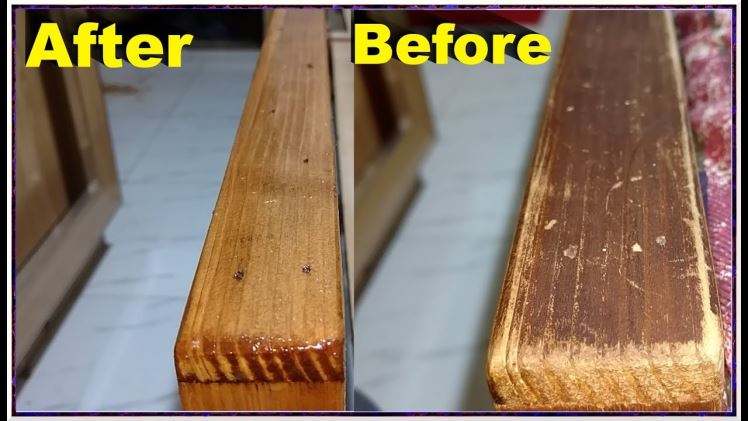Is it possible to change color of furniture through Furniture Polishing?

Furniture polishing is a common method used to enhance the appearance of wooden furniture. While its primary purpose is to restore shine and protect the wood, some may wonder if it can also change the color of furniture. Let’s explore this topic further.
Understanding Furniture Polishing
Furniture polishing involves the application of various substances to wooden surfaces to improve their appearance and longevity. These substances can include oils, waxes, and polishes. The process typically begins with cleaning the furniture to remove dust and dirt, followed by the application of the polishing agent.
Types of Polishing Agents
There are different types of polishing agents available, each with its own characteristics and effects on the wood.
- Transparent Polishes
Transparent polishes, such as clear waxes or oils, do not change the color of the wood significantly. Instead, they add a layer of protection and enhance the existing color and grain patterns. While these polishes can improve the appearance of the furniture, they won’t alter its color in a noticeable way.
- Pigmented Polishes
Pigmented polishes, on the other hand, contain dyes or pigments that can change the color of the wood. These polishes are available in a variety of shades, allowing you to darken or lighten the furniture as desired. However, it’s essential to choose a pigment that complements the wood’s natural color and grain to achieve the desired result.
Factors to Consider
Before attempting to change the color of your furniture through polishing, there are several factors to consider:
- Type of Wood: Some types of wood are more receptive to color changes than others. Hardwoods like oak or walnut may respond differently to pigmented polishes compared to softer woods like pine or cedar.
- Current Finish: The existing finish on the furniture can affect how well it absorbs pigmented polishes. Furniture with a thick varnish or lacquer may require sanding or stripping before applying a pigmented polish to ensure proper absorption.
- Testing: It’s crucial to test the pigmented polish on a small, inconspicuous area of the furniture before applying it to the entire piece. This allows you to assess the color outcome and make adjustments as needed.
Application Process
To change the color of furniture through polishing, follow these general steps:
- Preparation: Clean the furniture thoroughly to remove any dirt or residue. If necessary, sand the surface lightly to promote better absorption of the pigmented polish.
- Application: Apply the pigmented polish evenly to the surface of the furniture using a brush or cloth. Work in small sections and follow the wood grain for best results.
- Buffing: Allow the polish to dry according to the manufacturer’s instructions. Once dry, buff the surface with a clean cloth to remove any excess polish and achieve a smooth finish.
- Repeat: Depending on the desired color intensity, you may need to apply multiple coats of pigmented polish, allowing each coat to dry completely before proceeding.
Conclusion
By following proper preparation and application techniques, you can achieve the desired color transformation while preserving the beauty and integrity of your furniture.



